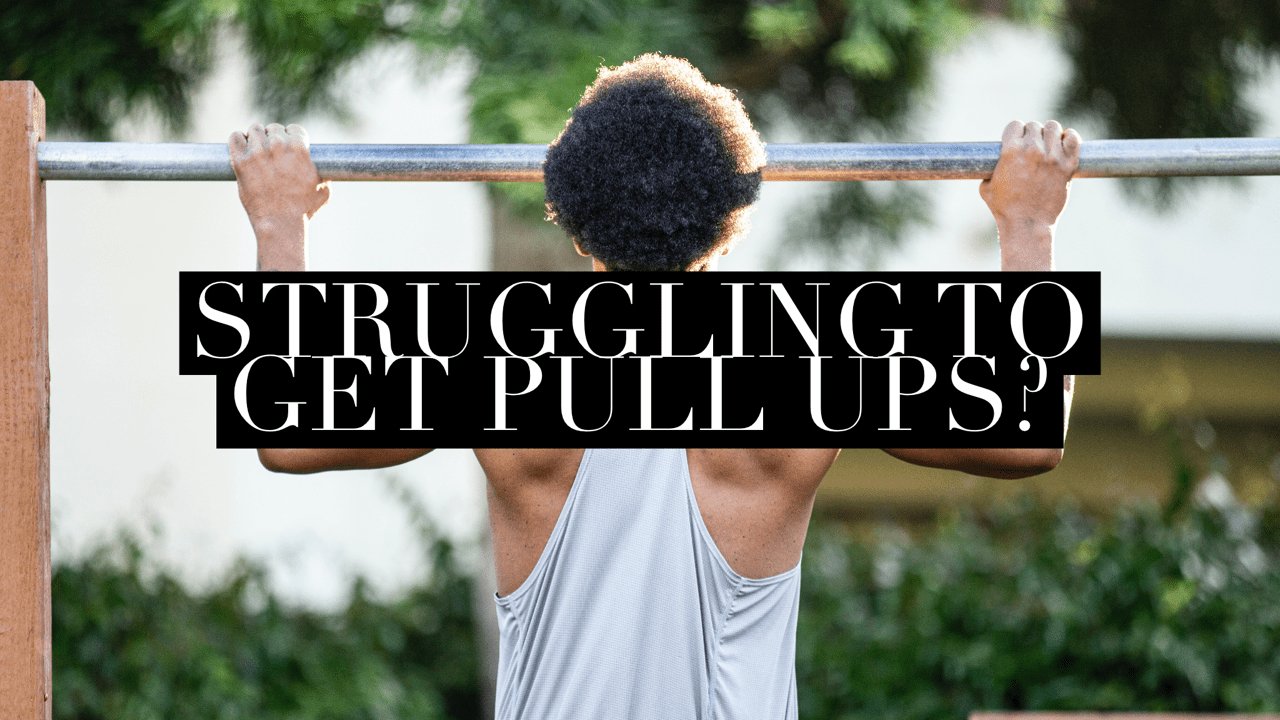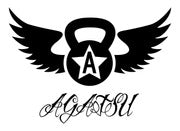
Why Using Bands to Get Your First Pull-Up Won't Work
So, you've set your sights on achieving that elusive first pull-up, and you're eager to find the quickest and most effective way to make it happen. Many fitness enthusiasts turn to resistance bands as a means to assist them in reaching this milestone. However, there's a crucial factor to consider before you jump on the bandwagon: the rule of accommodating resistance.
While resistance bands are a popular tool for building strength and assisting with bodyweight exercises, they may not be the best choice when it comes to conquering the pull-up bar. Let's explore why using bands to achieve your first pull-up might not be as effective as you'd hope.
The Rule of Accommodating Resistance
Accommodating resistance is a fundamental principle in strength training that addresses the way resistance changes throughout an exercise's range of motion. In simpler terms, it means that the resistance you encounter should match the strength curve of the exercise. This is something we discuss in depth at our Mobility and Strength course.
When performing a pull-up, your strength curve isn't constant; it varies as you move through the range of motion. At the bottom of the pull-up, you're relatively weaker, and as you ascend, your strength increases. This changing resistance profile is precisely where the problem with bands lies.
The Problem with Bands
-
Over-Compensation: Resistance bands offer constant tension throughout the exercise, which means they provide the same level of assistance at the bottom (where you need it the most) and the top of the pull-up (where you need it the least). This can lead to over-compensation, where the band assists you more than necessary at the top, potentially hindering your ability to develop the strength required for an unassisted pull-up.
-
Inaccurate Strength Development: Using bands may give you the false impression that you're making significant progress when, in reality, you might not be developing the required strength effectively. This can lead to frustration down the road when you attempt unassisted pull-ups and struggle despite relying on bands for an extended period.
-
Stunted Technique: Bands can also affect your pull-up technique. You may develop habits that aren't conducive to proper form because the band takes over some of the work. This can lead to issues when you attempt unassisted pull-ups, potentially increasing the risk of injury.
A Better Approach
Instead of relying solely on bands, consider a more effective approach to achieving your first pull-up:
-
Negative Pull-Ups: Focus on the eccentric, or negative, portion of the pull-up. Start at the top and lower yourself down as slowly as possible. This emphasizes the muscle groups you need for a pull-up and allows you to build strength gradually.
-
Assisted Pull-Up Machines: Many gyms have assisted pull-up machines that allow you to adjust the assistance level. This mimics the natural strength curve of a pull-up better than resistance bands.
-
Isometric Holds: Incorporate isometric holds at different points of the pull-up motion to build strength at specific angles. Isometrics will help you develop strength within 15 degrees of the range of motion you are holding them in.
So while resistance bands have their place in fitness, they may not be the best tool for achieving your first pull-up due to the rule of accommodating resistance. To maximize your chances of success and build the strength required for pull-ups, opt for alternative methods that focus on the specific strength curve of the exercise. Your path to mastering the pull-up may take a bit longer, but the results will be worth it in the end.
Check out our latest post on how to set up your very own counterbalance system to work with accommodating resistance.

Laisser un commentaire